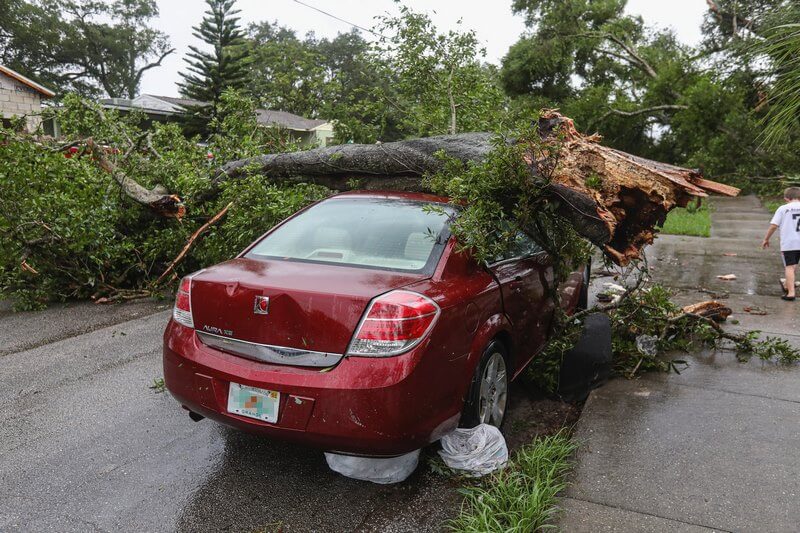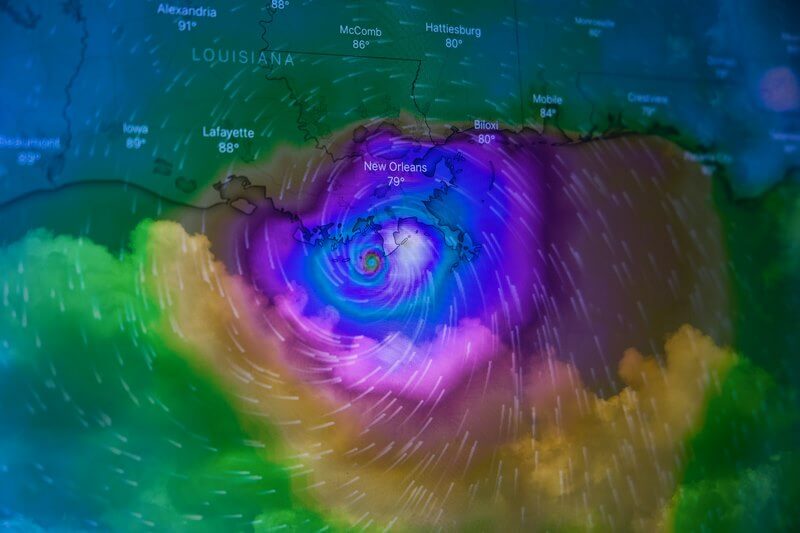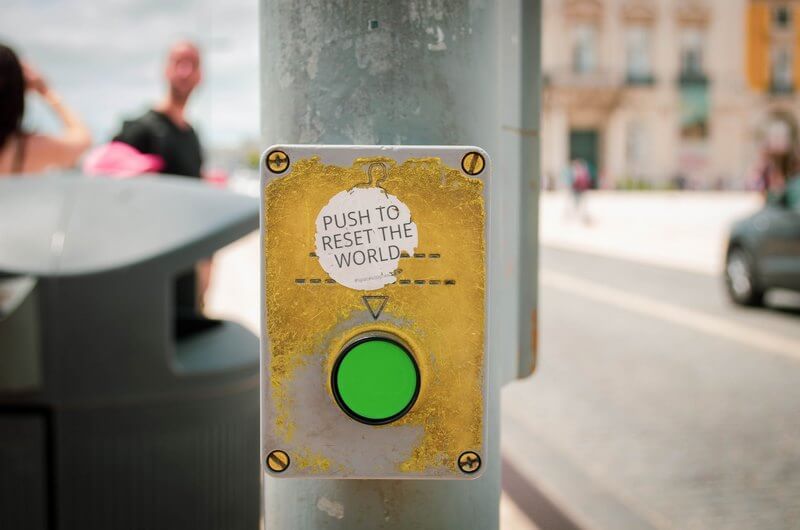
Hurricane Ian's lesson in resilience
Over the past week, Hurricane Ian slammed into the Caribbean, Cuba, then the Southern US reminding us of the importance of recovery and resilience. Experts are already ranking it among the top storms in United States history. As the storm moved northwards up the coast, millions were without electricity in Flordia, South Carolina, and North Carolina. On Sunday evening, just over 750k people remained without power in Flordia. Much of the business continuity focus is on response, yet recovery efforts can take much longer than events, especially natural disasters.
Even if the business experiences minimal impacts, the areas where you operate may take months or even years to return to normal. The new normal term recognizes that community conditions rarely return to how they were post-event. Coping with a disaster or traumatic incident is not only something individuals face but can also relate to organizational impacts. COVID motivated experts to study the future of work and employees in an organization suffering from catastrophic events. However, a crisis does not need to be worldwide or unfamiliar to leave its mark. So, this speaks to the need to embrace resilience and be ready for whatever comes.

A hurricane is not a hurricane is not a hurricane.
I’ve often used this phrase to demonstrate that although businesses would like a recipe book for dealing with disasters, no two events are alike. Instead, a playbook makes much more sense as it is a flexible framework that captures tribal knowledge and critical information. It does not tell you how to bake a cake–for a specific response. Instead, it provides roles, responsibilities, standard operational procedures, and considerations for pulling levers at appropriate times to support continuity.
Exercising various crisis scenarios builds collective muscle memory and confidence so that the crisis team knows how to respond. The challenge is not to get too deep into details and processes because, in my experience, that hinders the creative thinking or innovation often required for effective crisis management. A manager recently reminded me not to get too bogged down in what was but to consider what is needed to move forward. It was good advice and shows that even veterans like me sometimes need a pep talk during an event. All of us naturally fall back on what we know and was worked successfully in the past. Yet, crisis management pushes us to continually learn from past events and pivot to address the realities of current situations.

The cone of uncertainty with hurricane hazards
There’s a lesson to be learned in what the Southeastern part of the US and the Caribbean experienced. No stranger to hurricanes, Ian was different in several respects. Not only did it make multiple landfalls, but it followed a recent alarming trend of making landfall with increased intensity, not something experienced historically.
By all accounts, citizens prepared and took pre-storm warnings seriously. Long-standing rescue and recovery efforts were in place. However, the uncertainty of natural disasters is at odds with standard operating procedures. As much as we prepare, these events have a way of confounding the best-laid plans. And this is what we saw with Ian. Mother nature struck multiple coastlines with ferocity regardless of what was in place. The challenge is that predicting a hurricane’s track is difficult. So, for that reason laying solid foundations to build and maintain resilient organizations is the goal, as I expressed in Resilience And Risk Advantage.

Risk forecasting is good but expect fluctuations
It is human nature to crave certainty and fear unknowns. Therefore, we gather as much data as possible before making decisions. We compare Hurricane Ian to Hurricanes Charley (2004) and Irma (2017), yet both are dimming in comparison to Ian’s impact. Seen as a larger storm, UW expert Shuyi Chen noted, “Land-falling hurricanes, like Fiona and Ian, have very high impacts, including extreme wind, rain, storm surge and flooding. In fact, one of the most costly events, Hurricane Andrew in 1992, occurred during a year when we had one of the lowest number of storms“.
What can we learn from this as resilience professionals? We need to be ready for anything. Of course, I don’t mean that in the strictest sense because it is impossible to prepare for every eventuality. As I spoke about in 911 Is Not Showing Up, we must lead our organizations to develop a flexible framework for recovery and response. One of the unspoken truths is that although crisis management often gets the spotlight, how well an organization recovers from events is a measure of its resilience. Often, companies rush to return to business as usual (BAU), overlooking that people often benefit from time and empathy when trying to overcome crisis impacts.

Leading with resilience supports recovery
Let’s face it, most companies are focused on profitability, and many are trying to keep the doors open as COVID winds down. Coming out of a catastrophic event and dealing with global uncertainty puts businesses in a challenging position. I have hope that many will pull through. Our value comes in developing a Resilience Program Design that gives companies the tools to thrive through the crisis.
Crisis recovery occurs once the most damaging aspects of the event dissipate and your organization starts returning to normal. However, during my time in emergency management, I learned that the response and recovery phases overlap. One part of the design is considering an event’s recovery phase.
Recovery tips for your resilience checklist
- Put People First: Traditionally, business continuity and crisis management have a myopic view of resumption. The focus is on operations without considering the needs of employees. You may have the best plans, but the company’s efforts are less successful if people can’t deliver on them. Better a delayed return than a failed one. Champion psychological support, as well.
- Prioritize Resumption Steps: In the future, don’t expect to do everything you did pre-crisis again all at once. A phased approach, focusing on the most pressing tasks, will put you in a better place.
- Understand Organizational Stressors: We know crises are stressful. Writing this seems like a no-brainer, but we are all human. Along with this, confirm with management their priorities in the current business climate. Knowing this will enable you and the crisis team to better support the return to everyday efforts.
- Exercise & Training: In the future, don’t conclude your scenarios with the damage assessment phase of the response. Push the envelope and walk through the business resumption phase; stretch yourselves and use a long-tail timeline.
- Communications Recovery: Everbridge has a white paper on crisis communications management I recommend you check out, called The Six Stages of a Crisis. The recovery phase guidance applies to this list.
- Expect the unexpected: As I’ve written about in this blog, it is the most significant point I have to drive home to you. Just as an event is unpredictable, recovery events are as well. I have seen some last as little as a few days and others six months. Leverage your Resilience Zen Master skills to stay grounded when storms rage around you.
Adopting a strategic approach to resumption will guide the business through recovery with resilience enabled.

Recovery is not easy.
There’s no easy button for recovery. However, refining your resilience skills and programming will help your company thrive beyond the crisis. Adopting a resilient mindset mitigates impacts. Building frameworks for success, empowering your people, and developing their skills is an investment worth making. The company will grow its strength and agility by embedding this capability into handling everyday operational interruptions and sufficiently exercising non-standard risks.
Recovery is often messy and slower than we want it to be. But focusing on resilience is both a win for return on investment (ROI) and return on value (ROV). Flordia may still be stunned by Hurricane Ian, yet I know the state will rebuild and recuperate. Sadly, lives were lost, and the damage is immense. Yet, the people are resilient and will become stronger as they create solutions, manage their grief together, and resolve to rebuild. That, too, is part of the human condition, returning from great adversity.
